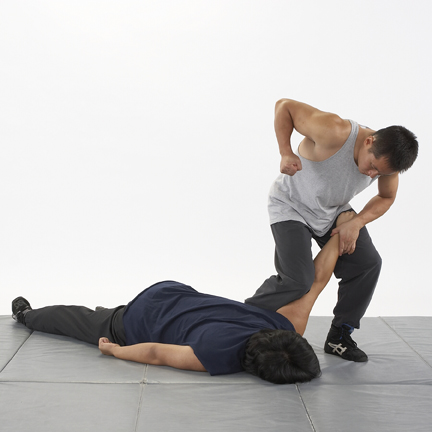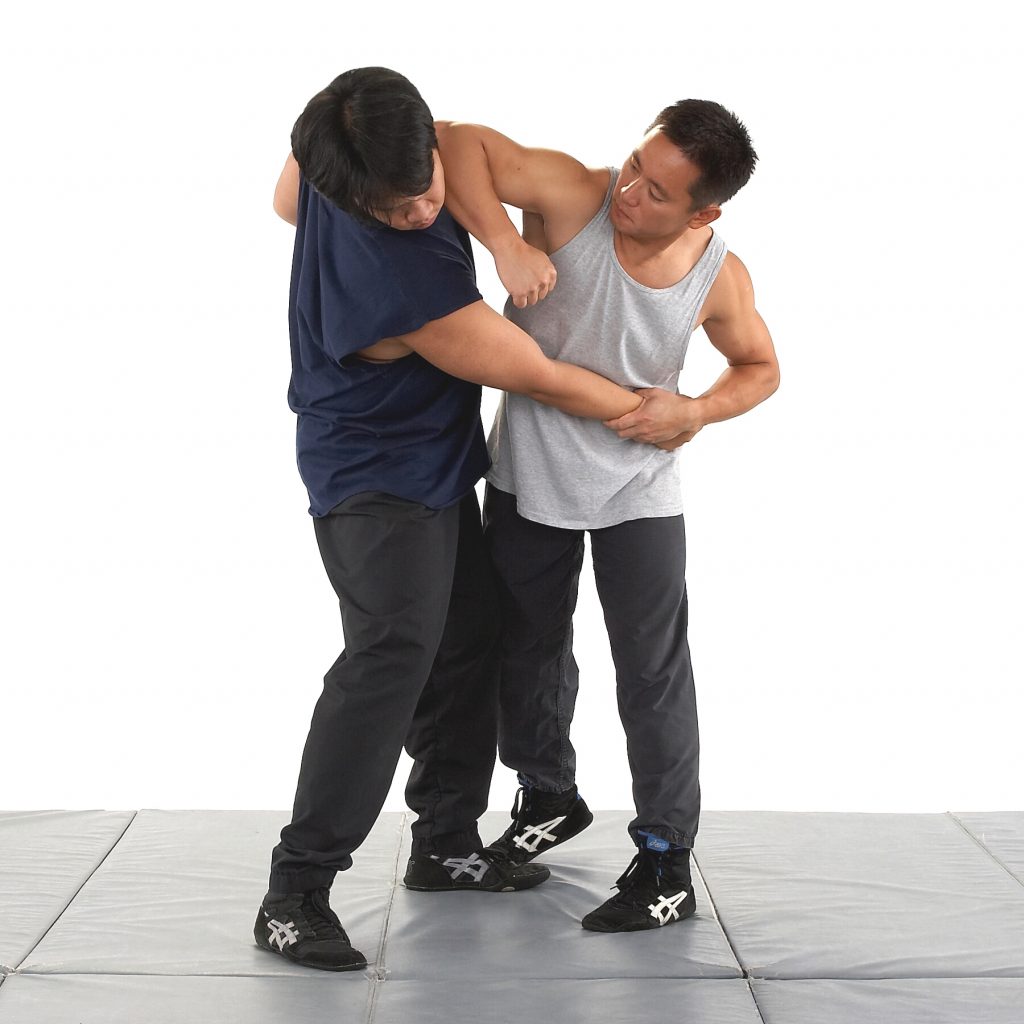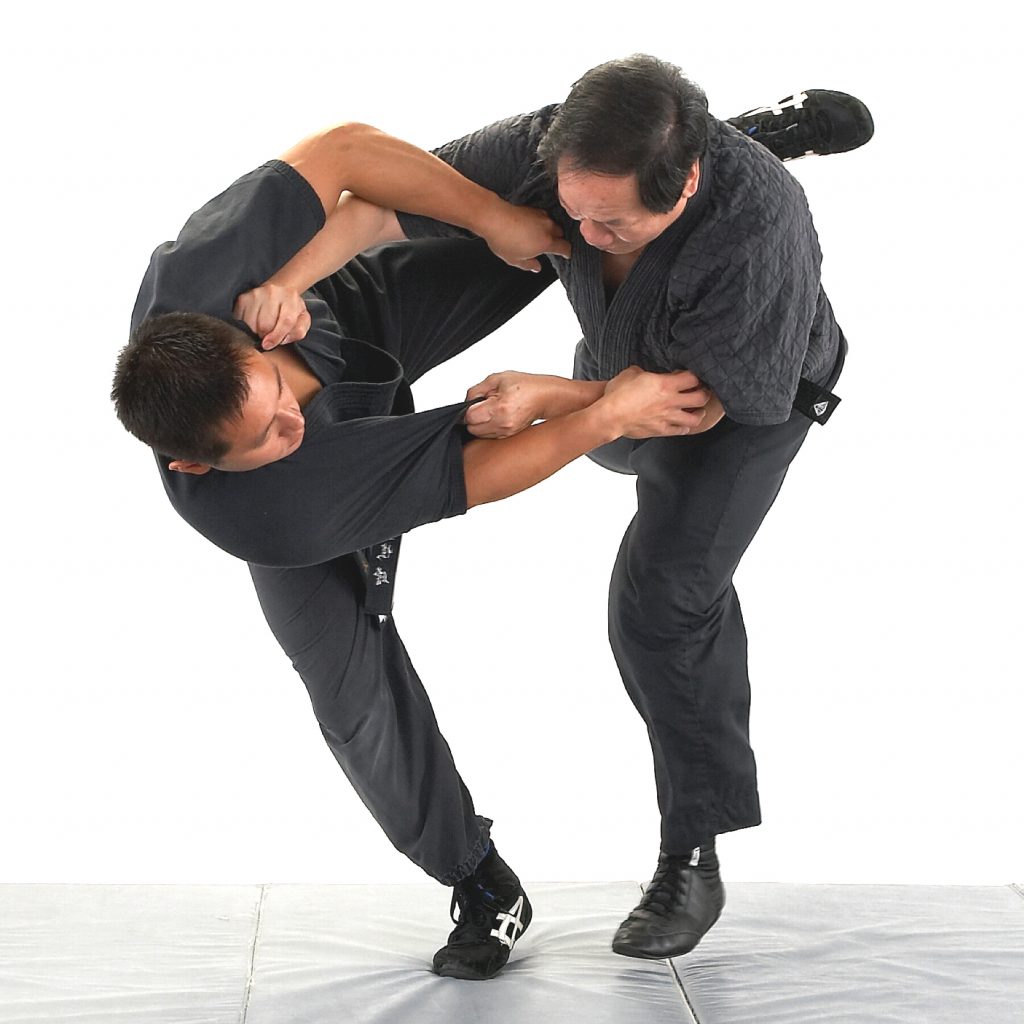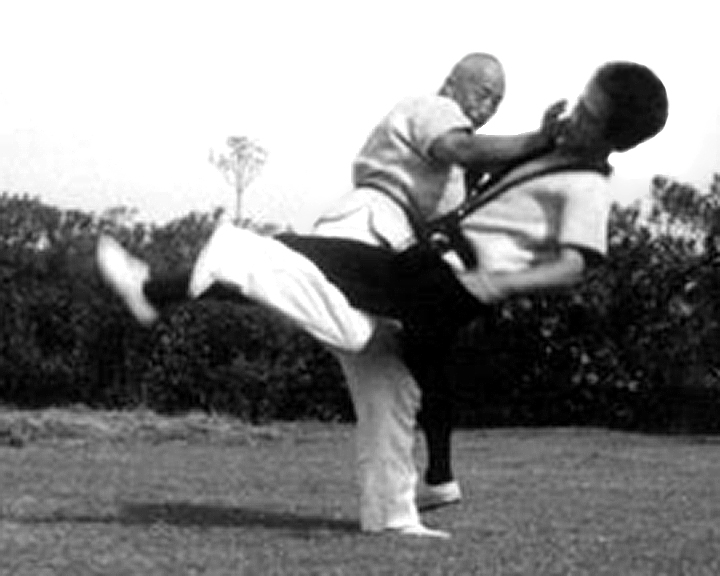
During ancient times, Shuai-Chiao’s earliest usage was as a military hand-to-hand combat training system. Even from its earliest beginnings, most of the well-known Shuai-Chiao practitioners were also experienced in other forms of martial arts. Because of this, some teachers incorporated the striking techniques from other systems while teaching their students. Thus, strong techniques from other striking arts can be seen during combat situations when Shuai-Chiao is applied.

The military root and the integration of strikes with take down techniques at its core, makes up the combat philosophy of Combat Shuai-Chiao. American Combat Shuai-Chiao Association, ACSCA, strives to maintain that combat philosophy.

The intent of every move in the art is to take down opponent quickly using any means: Knockdowns via strikes, locks, or throws (takes downs).

In Combat Shuai-Chiao, the take down, clinch, and the grappling makes up the core of the art. The frequent close body combat situations throughout the Chinese history in wars and conflicts were what formulated and refined the art of take downs in Shuai-Chiao. Naturally, the art places a strong emphasis on take downs or throws due to their practicality in combat situations. However, the art of take down is also more difficult than other combat arts to be well versed in.

There are two types of competition or live matches in Combat Shuai-Chiao: Sport and combat. In a sport match, only grappling and take-downs (or throws) are allowed so that practitioners can learn and refine the art of take downs.

In a combat or full body match, strikes are also allowed to maintain the combat aspect of the art so that our practitioners can utilize their skills in more realistic combat setting.
